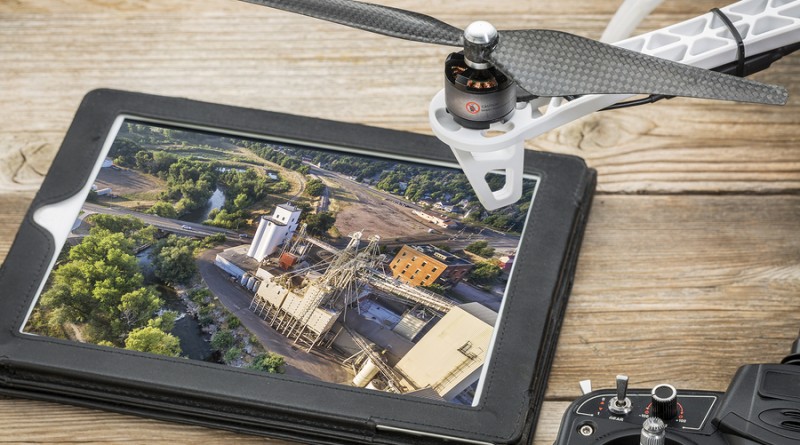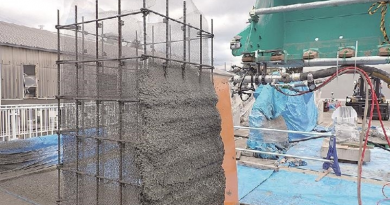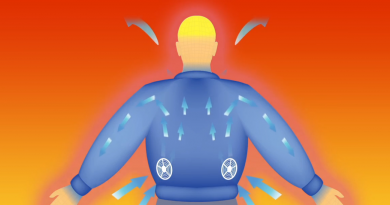Construction drones: Helpful or headaches?
Unmanned Aerial Vehicles (UAV), better known as drones, are taking on larger roles in construction. Utilizing drones to execute essential tasks appears to be a logical step towards making projects safer, more efficient and less costly. However, operating drones on worksites also creates complex logistical issues that must be thoroughly evaluated. Before drones become an integral part of construction, contractors must determine if they are truly helpful or just headaches?
Helpful: Worker Safety
An advantage of using drones during construction is their ability to reduce risk for workers, particularly during surveying and inspections. The Minnesota Department of Transportation is currently exploring the feasibility of using drones during bridge inspections. Bridge inspections require a team of at least 10 inspectors, a road crew to redirect traffic and “snoopers” – basket-and-lift inspection vehicles to position inspectors underneath bridges. Equipped with a long-range signal and powerful cameras, drones are able to maneuver in tight spaces faster and more freely than people. Using drones during inspections of bridges, buildings and other structures could potentially reduce the need to put as many workers at risk.
Headache: FAA and other government regulations
Though unmanned, drones qualify as aircraft, so they are subject to complex airspace regulations enforced by the Federal Aviation Administration (FAA) and other government agencies. The FAA currently requires commercial drone operators to apply for a Section 333 Exemption, a process that can take up to 4 months, before they are legally able to provide surveying or inspection services. Additionally, the Federal Highway Administration (FHA) has its own regulations regarding drone use. FHA National Bridge Inspection Standards currently allows drones to inspect fracture-critical bridges, but not replace a crew of on-site inspectors. Until regulations are loosened, the services provided by commercial drones will be limited.
Helpful: Advanced data collection
In Northern California, drones are used daily to monitor construction on the new Sacramento Kings basketball arena. Drone-collected footage is used to analyze the progress of each section, determine areas that are behind schedule and, most importantly, pinpoint potential threats to worker safety. Having the ability to survey and analyze worksites should provide contractors with enormous advantages, such as a better understanding of daily productivity, greater discovery of cost saving opportunities and faster identification of potential risks to the integrity of the project.
Headache: Cost analysis
The appeal of commercial drones will likely grow as more contractors find them useful, but this will come at a cost. Due to aviation regulations, contractors must partner with a drone operator that carries the required FAA exemption. If a local exempt operator cannot be found, contractors will need to look elsewhere, as in the case of the Minnesota bridge inspection where a Colorado-based operator was hired. Additionally, since drones cannot legally replace human inspectors on many projects, the addition of drones will increase project costs, rather than creating savings. Contractors will need to thoroughly weigh the benefits versus cost before utilizing drones on worksites.
The potential benefits of using drones during construction are clear, but the complex web of logistical and legal challenges will slow their integration into projects. However, as more contractors find them useful and federal regulations loosen, it’s inevitable that we’ll see more “eyes in the sky” on construction sites.
Source: Lee Rankin









